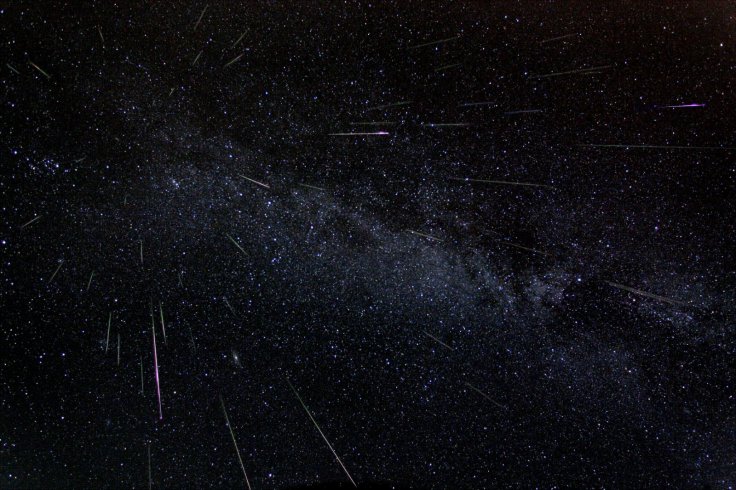
The new year has begun and earthlings will soon be able to see a celestial firework show. It has been said that the Quadrantids meteor shower will be at its peak for about two days beginning from today, January 3.
In the first big meteor shower of 2018, viewers can see up to 100 meteors per hour, provided the atmospheric conditions are at their best during the peak hours. This lesser-known meteor shower apparently belongs to the now-obsolete Quadrans Muralis constellation.
In 1825, the shower was described for the first time ever by an Italian astronomer named Antonio Brucalassi. He depicted that the atmosphere looked like "traversed by a multitude of the luminous bodies known by the name of falling stars."
According to the International Meteor Organization, the peak time for viewing these "luminous bodies" would be around 10 p.m (UK time). The audience from the Northern hemisphere of the earth will get the best scope to see this celestial event.
If anyone is willing to witness the Quadrantids meteor shower, he/she should most definitely run far away from the artificial city lights and check the weather in advance to get the best possible experience.
This year, however, a "supermoon" is going to collide with the appearance of Quadrantids fireballs, which could make it difficult to watch at night.
Just like any other meteor, Quadrantids is also made up of remains from bigger space objects. The dust that comes off of these debris crashes into the atmosphere of the earth and, in turn, produces bright fireballs in the sky. While most of the meteors' debris belongs to comets, Quadrantids has been formed with the debris from 2003 EH1, a metallic asteroid.
Also Read: Solar system not created by supernova but by a hot-gigantic bubble, suggests new study
"Quadrantids are also known for their bright fireball meteors. Fireballs are larger explosions of light and colour that can persist longer than an average meteor streak. This is due to the fact that fireballs originate from larger particles of material," stated NASA.









